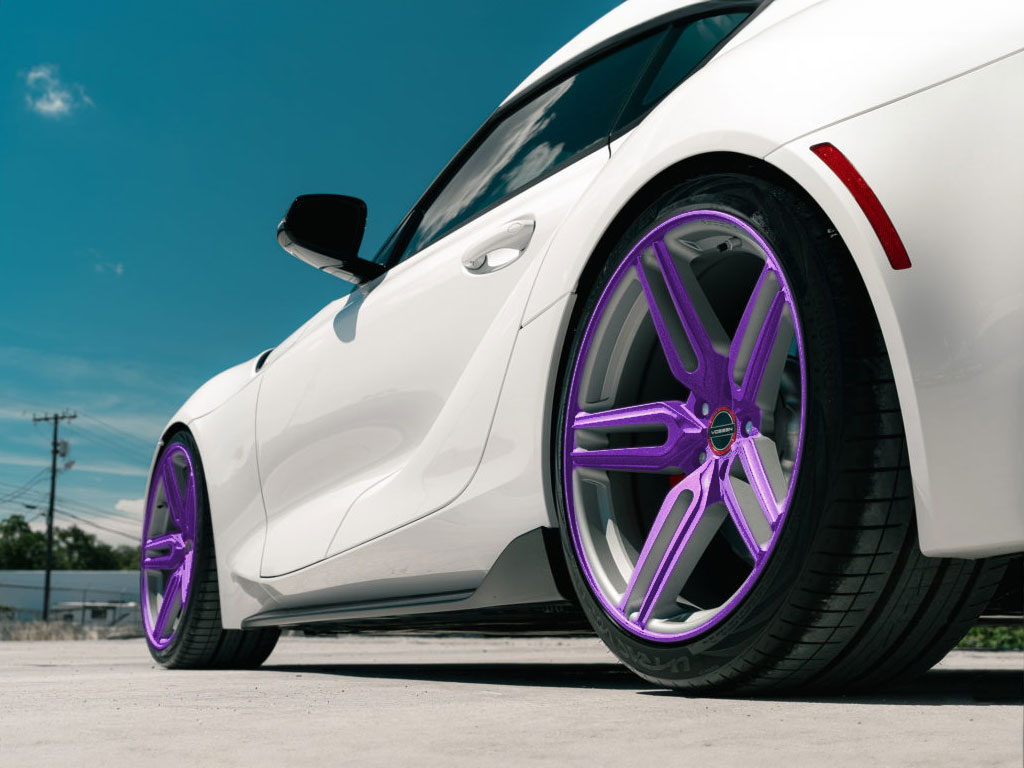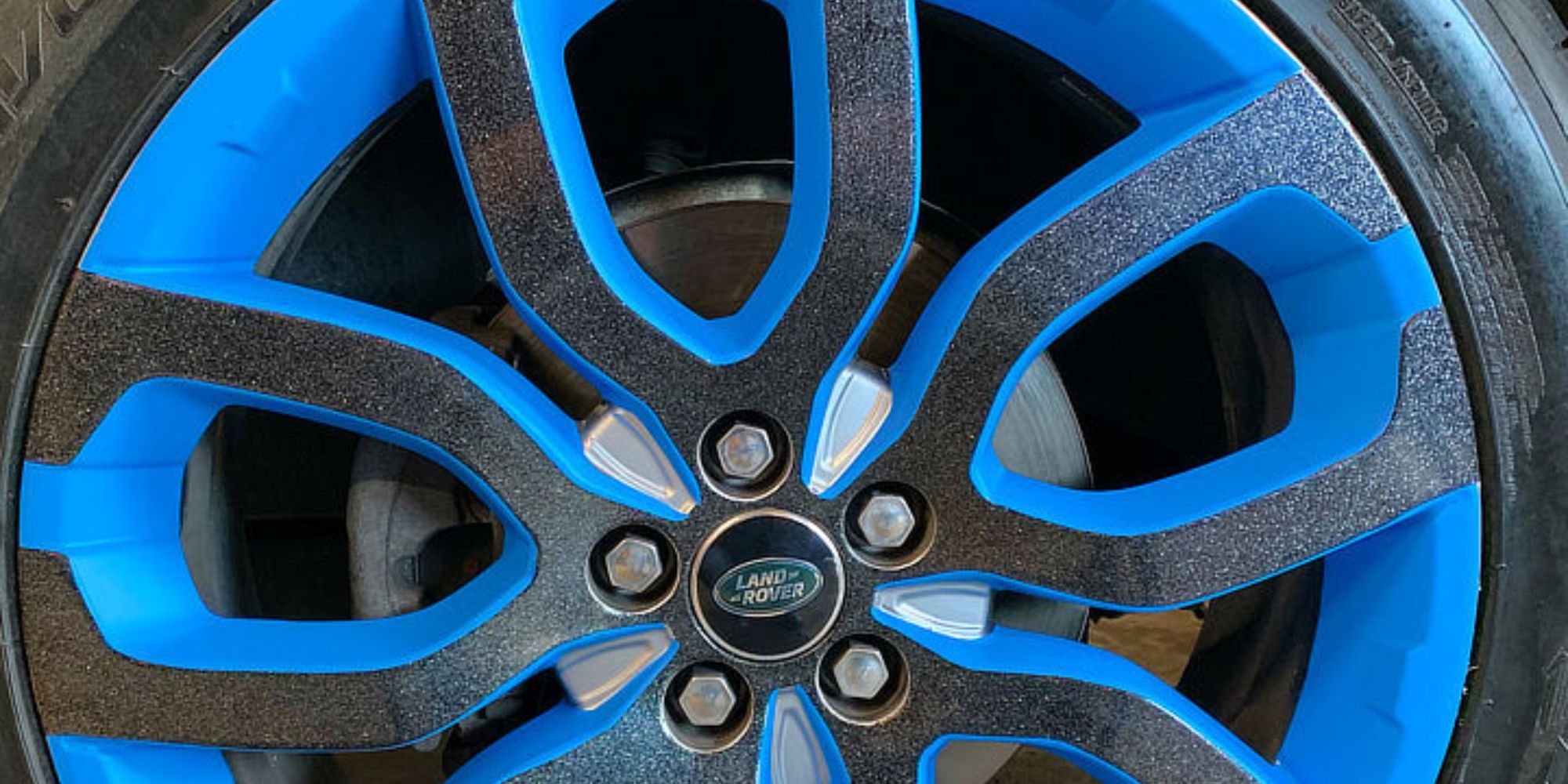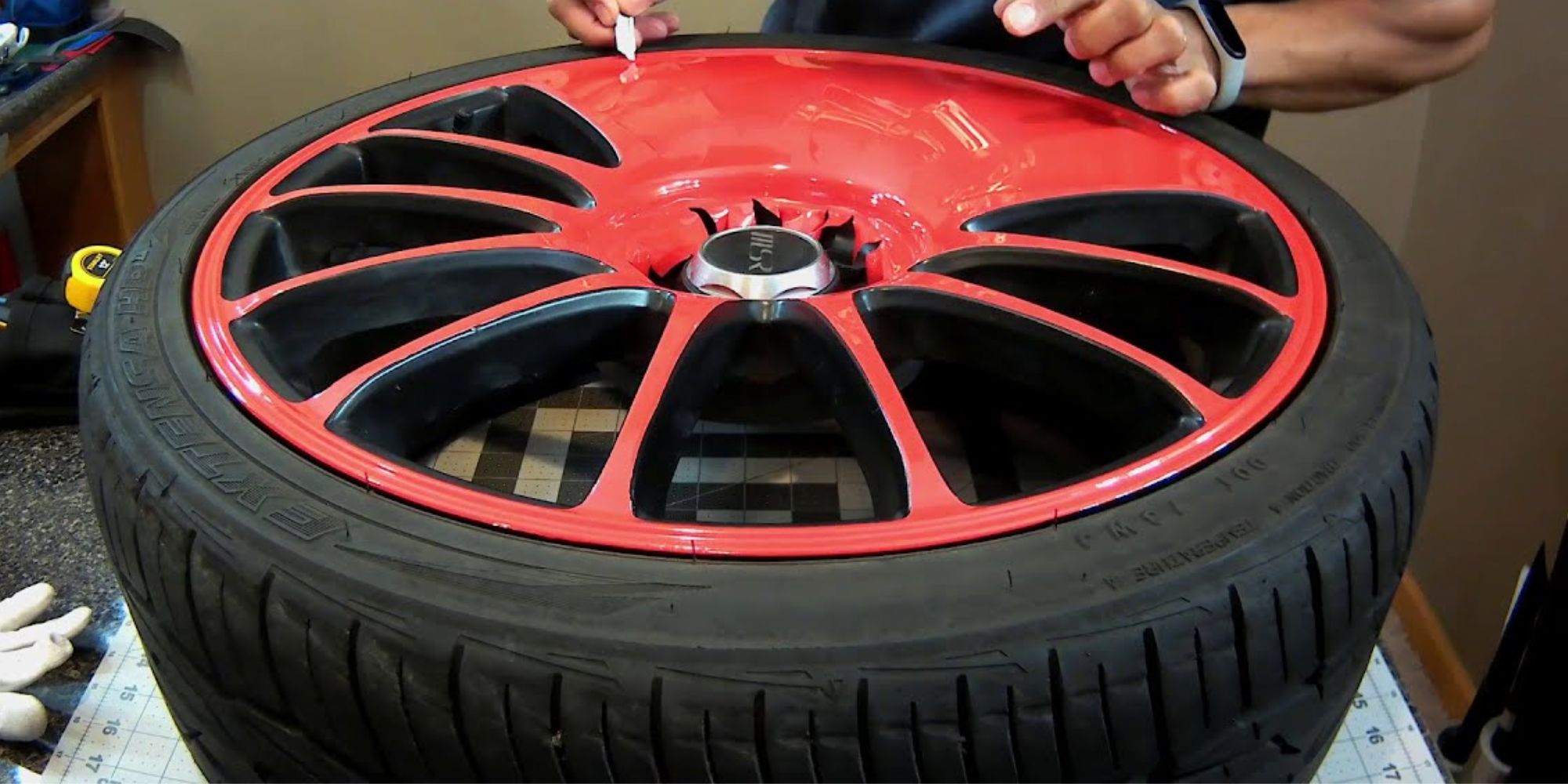
Vinyl Rim Wraps: The Ultimate Guide to Customizing Your Rims
When it comes to vehicle customization, the possibilities are almost endless. From full-body wraps to detailed graphics, you can change the appearance of your car in many creative ways. One popular modification that’s gaining traction is vinyl rim wraps. Vinyl wraps offer a unique, affordable way to give your car a custom look, and they’ve become especially popular for wrapping rims. In this guide, we’ll cover everything you need to know about vinyl rim wraps, including the pros and cons of wrapping rims, how vinyl compares to alternatives like Plasti Dip, and whether rim covers might be a better solution for you.
What Are Vinyl Rim Wraps?
Vinyl rim wraps involve applying a durable, adhesive-backed film to the rims of your wheels, changing their color or finish. Available in various shades and finishes, from matte black to metallic chrome, vinyl rim wraps allow you to give your rims a fresh, customized look without the permanent commitment or high cost of repainting or powder-coating.
The vinyl used for wrapping rims is typically made from high-quality materials like 3M™ 2080 Series Wrap Film, known for its flexibility, durability, and ability to conform to complex surfaces, making it ideal for intricate parts like rims. Whether you want a bold, glossy color or a subtle satin finish, rim wraps offer endless options to personalize your vehicle.

Is Wrapping Rims a Good Idea?
Wrapping your rims can be an excellent idea for many reasons, but it depends on your goals and needs. Let’s explore some of the key reasons why rim wraps might be the perfect solution for your car:
1. Cost-Effective Customization
Compared to painting or powder coating, vinyl wrapping is a much more affordable option. You can change the look of your rims for a fraction of the cost, without sacrificing style or durability. This makes wrapping ideal for car enthusiasts who want to update their vehicle’s appearance without breaking the bank.
2. Temporary, Yet Durable
One of the biggest advantages of vinyl rim wraps is that they are temporary but highly durable. If you ever decide you want to go back to your original rims or switch to a different style, you can remove the vinyl wrap without damaging the rims. Vinyl wraps generally last up to 5 years, depending on the quality of the film and how well you maintain your vehicle.
3. Variety of Colors and Finishes
With vinyl wraps, your options are nearly limitless. You can choose from matte, gloss, satin, carbon fiber, metallic, and more. If you’ve ever dreamed of having chrome or carbon fiber rims but didn’t want to spend a fortune, vinyl wraps allow you to achieve that look.
4. Protection for Your Rims
In addition to aesthetic benefits, vinyl rim wraps provide a layer of protection against dirt, minor abrasions, and road debris. This protective layer can help keep your rims in good condition, especially if you’re driving in harsh conditions.
5. Easy Maintenance
Vinyl-wrapped rims are relatively easy to maintain. Cleaning them with soap and water or a mild cleaning solution can keep them looking fresh. Additionally, minor scratches or scuffs can be repaired by applying a new piece of vinyl over the damaged area.

Is It Better to Plasti Dip or Wrap Rims?
Both Plasti Dip and vinyl wraps are popular options for modifying the appearance of rims, but each has its pros and cons. To help you decide which method is best for you, let’s compare them side by side.
Plasti Dip: Pros and Cons
Pros:
- Affordability: Plasti Dip is generally less expensive than vinyl wrapping, making it a good option for those on a tight budget.
- Ease of Application: Plasti Dip can be sprayed directly onto the rims, making it a DIY-friendly option that doesn’t require special tools or skills.
- Temporary: Like vinyl, Plasti Dip is removable, so you can peel it off if you change your mind or want a different look.
- Durability: Plasti Dip holds up fairly well against everyday wear and tear, offering protection from dirt and road debris.
Cons:
- Limited Finishes: While Plasti Dip comes in a range of colors, it doesn’t offer the same variety of finishes as vinyl wraps. It tends to have a matte or satin finish, which may not appeal to everyone.
- Less Precision: Since Plasti Dip is sprayed on, it can be harder to achieve clean lines and intricate details compared to the precision of vinyl wraps.
- Shorter Lifespan: Plasti Dip generally doesn’t last as long as vinyl wraps and may need to be reapplied more frequently.
Vinyl Wrap: Pros and Cons
Pros:
- Wide Variety of Colors and Finishes: Vinyl wraps offer far more options in terms of color, texture, and finish, from high-gloss to metallic to carbon fiber effects.
- Durability: Vinyl wraps are more durable than Plasti Dip and can last for several years with proper care.
- Precision Application: Vinyl wraps are applied in sheets, allowing for more precision and cleaner lines than Plasti Dip.
- Removability: Like Plasti Dip, vinyl wraps can be removed without damaging the rims, but they tend to leave a cleaner finish when removed.
Cons:
- Higher Cost: Vinyl wraps are generally more expensive than Plasti Dip, especially if you hire a professional to install them.
- More Complex Application: Installing vinyl wraps requires more skill and experience, especially when dealing with the curves and crevices of rims. It may be best to hire a professional for the job.
Verdict:
If you’re looking for a quick, affordable solution and are comfortable with a more limited range of finishes, Plasti Dip is a solid choice. However, if you want a highly customized look with a variety of finishes, vinyl wraps are the better option in terms of durability, style, and precision.
What Are the Benefits of Rim Covers?
Rim covers, also known as hubcaps, are another option for enhancing or protecting your wheels. While not as customizable as vinyl wraps or Plasti Dip, rim covers do offer their own set of advantages.
1. Affordable Protection
Rim covers are often more affordable than other methods of customization or protection. They can help protect your rims from scratches, dirt, and minor impacts caused by road debris.
2. Quick and Easy Installation
Unlike vinyl wraps or Plasti Dip, rim covers are incredibly easy to install. You can simply snap them onto your rims without the need for special tools or equipment.
3. Style Variety
Rim covers come in various styles and finishes, allowing you to change the look of your wheels without a permanent modification. From chrome to matte black, you can find rim covers that suit your taste.
4. Easy Replacement
If your rim covers get damaged or worn out, they are easy and inexpensive to replace compared to refinishing or rewrapping your rims.
5. Maintenance-Free
Unlike wraps or painted rims, rim covers require minimal maintenance. You won’t have to worry about chips, scratches, or peeling. A quick wash will keep them looking good as new.
What Is the Purpose of Rim Covers?
Rim covers serve two primary purposes: protection and aesthetics.
Protection
Rim covers act as a shield for your rims, protecting them from scratches, road debris, and corrosion. This can be particularly beneficial if you live in an area with harsh winters where salt and gravel are used on the roads. The covers can help prevent your rims from becoming damaged or corroded, extending their lifespan.
Aesthetic Enhancement
Rim covers are also a quick and easy way to improve the appearance of your vehicle. They can give your wheels a clean, polished look without the cost and commitment of customizing your actual rims. Whether you prefer a simple, understated design or a flashy chrome finish, rim covers can provide a dramatic visual upgrade.
How to Apply Vinyl Rim Wraps
If you decide that vinyl rim wraps are the way to go, you can either take your vehicle to a professional installer or try applying the wrap yourself. While wrapping rims is more challenging than wrapping flat surfaces, it can be done with some patience and the right tools.
Materials Needed:
- High-quality vinyl wrap (like 3M™ 2080 Series Wrap Film)
- Heat gun
- Squeegee or wrap applicator
- Precision cutting tool
- Isopropyl alcohol (for cleaning the rims)
Step-by-Step Process:
- Clean the Rims: Start by thoroughly cleaning your rims with isopropyl alcohol to remove any dirt, oil, or debris. A clean surface ensures the vinyl will adhere properly.
- Cut the Vinyl: Cut your vinyl into sections that will cover each part of the rim. Be sure to leave some extra material around the edges to tuck in.
- Apply the Vinyl: Peel off the backing and carefully apply the vinyl to one section of the rim, starting from the center and working your way outward. Use a squeegee to smooth out any air bubbles or wrinkles.
- Heat and Stretch: Use a heat gun to gently warm the vinyl, making it more pliable. This will help you stretch it around the curved surfaces of the rim without tearing or distorting the material.
- Tuck and Trim: Once the vinyl is in place, tuck the excess material around the edges of the rim and trim it using a precision cutting tool.
- Repeat for Each Section: Continue applying, heating, and trimming the vinyl until the entire rim is wrapped.
- Final Heat Application: After all the sections are wrapped, apply one last round of heat to help the vinyl conform to the surface and ensure a strong bond.
Transform Your Wheels with Rim Wraps
Vinyl rim wraps are a fantastic way to transform your vehicle’s appearance with minimal cost and effort. Whether you’re looking to make a bold statement with glossy black rims or add a unique texture with carbon fiber, vinyl wraps offer endless customization options. Compared to other methods like Plasti Dip, vinyl wraps provide superior durability, variety, and precision. And if you’re simply looking for protection and ease of use, rim covers offer a practical alternative.
Ultimately, whether you decide to wrap your rims, use Plasti Dip, or install rim covers, the choice comes down to your style preferences, budget, and how much effort you want to invest in the process. No matter which option you choose, your vehicle will stand out on the road with a fresh, personalized look.
